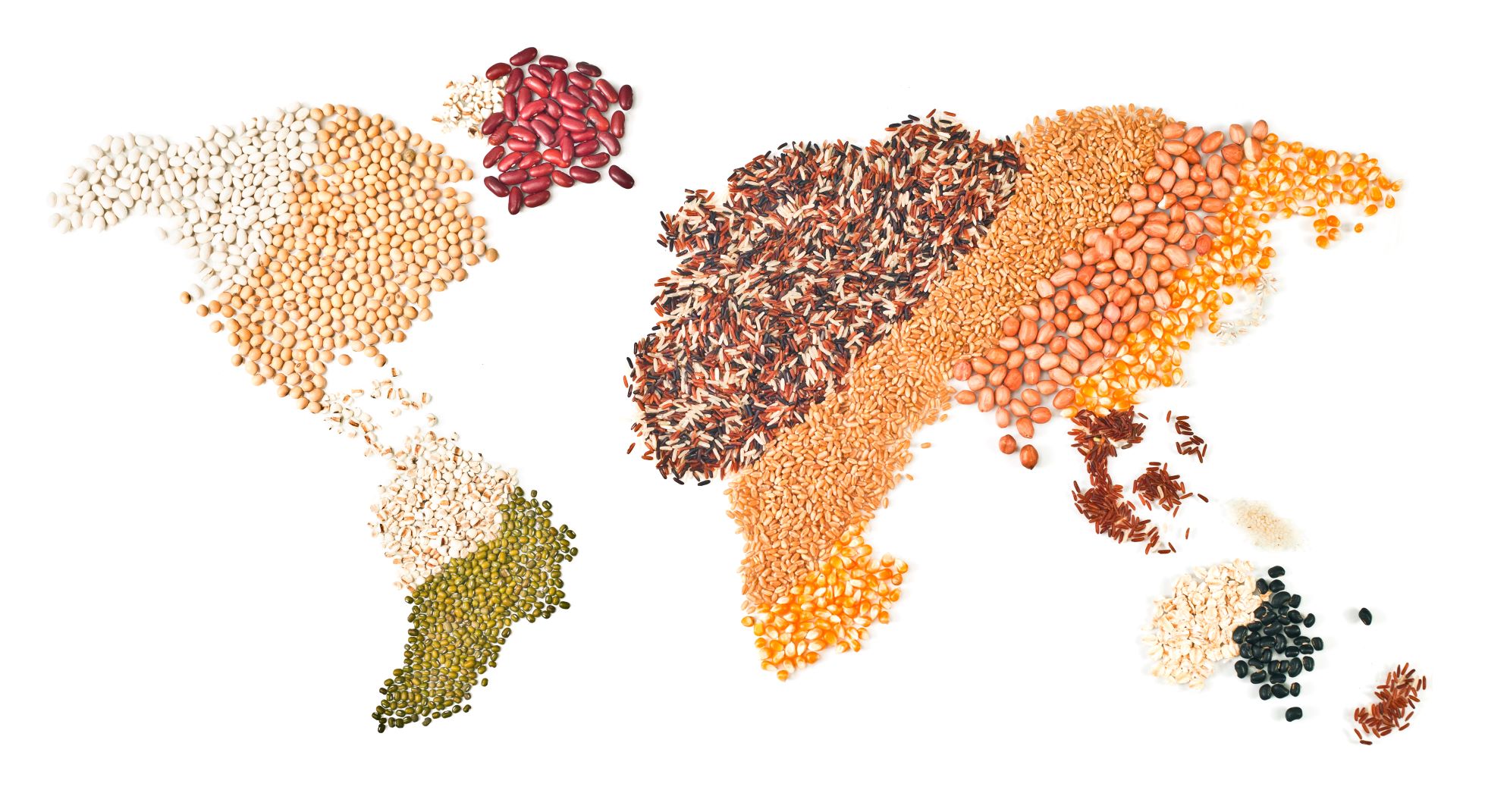
BLOG
Reflections on global grains and oilseeds market

The
weather has been topical across the Southern Hemisphere because of the La Niña event.
We have generally battled with excessive moisture within the Southern Africa
region, while South America has experienced persistent dryness. For both areas,
the actual size of the 2021/22 grains and oilseeds harvest is still tentative,
and the outcome will have implications for the size of global grains and
oilseeds harvest and price direction. Within South America, local analysts have
frequently revised the crop size for the 2021/22 season in anticipation of poor
yields.
Interestingly,
global forecasters such as the International Grains Council (IGC) and the
United States Department of Agriculture (USDA) have maintained a somewhat
optimistic view of South America's crop conditions, specifically maize
production. As such, even the 2021/22 global maize harvest has remained at pretty
significant levels due to this optimism. Brazil and Argentina collectively
account for 14% and 50% of global maize and soybean production, respectively
hence the concerns about crop conditions in this region having implications on
global supplies and prices.
Production
size
In
their February 2022 updates, the IGC and USDA left the 2021/22 global maize
production at 1,2 billion tonnes, up by 6% year-on-year. This is supported by an
expected large harvest in the US, Brazil, Ukraine, China, the EU, and Russia. Admittedly,
Brazil's crop size is also influenced by the increase in area planted in the 2021/22
season compared to the previous years.
Consequently,
the IGC forecasts the global maize stocks for the 2021/22 season at 281 million
tonnes, up by 1% year-on-year. Nevertheless, this is slightly lower than the
USDA's stocks forecast of 302 million tonnes, up by 4% y/y, partly due to
differences in consumption forecasts.
Still,
I think the USDA and IGC's latest 2021/22 production estimates might not have
fully accounted for poor yields in parts of Brazil following the drier weather
conditions. I make this point through observations of these institutions’ view
of South Africa's 2021/22 maize crop, which the IGC placed at 15,8 million
tonnes (down 6% y/y). Meanwhile, the South African observers believe that the
crop could be somewhat smaller than this estimate because of possible lower
yields in some regions following the heavy rains. When writing this column,
South Africa's official maize production was yet to be released on the 28th of
February 2022 by the National Crop Estimates Committee.
But
this optimism, however, ends with maize. The IGC currently forecasts Brazil's
2021/22 soybeans production at 127 million tonnes (down 8% y/y), Argentina's
harvest at 42 million tonnes (down by 10% y/y), and Paraguay's 2021/22 soybean
harvest at 6 million tonnes (down by 34% y/y). Consequently, the 2021/22 global
soybeans production is at 353 million tonnes, down by 4% from the previous
season. Consequently, the 2021/22 global soybeans stocks are down 19% y/y,
estimated at 43 million tonnes.
Rice
and wheat production are not in a similar spotlight as soybeans as production
forecasts have remained relatively stable since last year. The 2021/22 global
rice and wheat production is estimated at 510 million tonnes (up by 1% y/y) and
781 million tonnes (up by 1% y/y).
Price
direction
Regarding
the price direction of these major grains and oilseeds, I believe that maize
prices could trade sideways in the near term as the stock levels are still
expected to be at comfortable levels. With that said, one should consistently
monitor the crop conditions in the region as downward revisions of the crop
forecast would influence the stock levels and price direction.
In
soybeans, the downward revision of the production estimates will add upward
pressure on prices. Additionally, there is already upward pressure in the
vegetable oils prices, which emanated from prospects of a lower palm oil
harvest in Asia and the generally strong global demand.
In
terms of rice, the price direction has trended sideways to downwards in the
recent months; we expect the trend to continue in the near term. For wheat, the
rise in global consumption has provided upward support to prices in the recent
past. Still, the wheat prices shouldn't be as volatile as what we could see in
soybeans and maize, where the weather conditions matter a lot for the near-term
price direction. This could prove beneficial to the wheat and rice importing
countries such as South Africa. We import over a million tonnes of these
commodities (wheat and rice).
In
sum, the weather remains topical across the Southern Hemisphere but have
resulted in mixed fortunes. However, regarding prices, what happens in South
America and the crop size there matters more for the global price direction
than events in South Africa. We should also monitor the crop estimates from
that region and whether the coming months will introduce any deviation from the
picture painted in this column.
n Email:
wandile@agbiz.co.za

0 COMMENTS
LEAVE A COMMENT